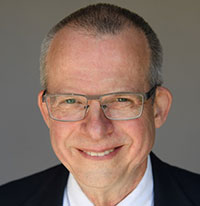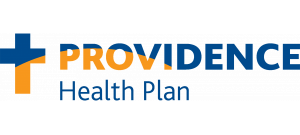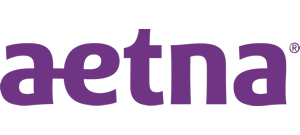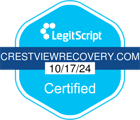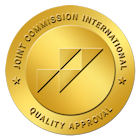
Healing Begins Here
Types of Sedatives
People who are undergoing medical procedures may receive barbiturates, such as phenobarbital, along with anesthesia for sedation purposes. Physicians also occasionally prescribe them to treat headaches or anxiety. Some people take barbiturates to control seizures. When they do, a physician closely monitors them because the dosage must be exact.
Benzodiazepines also can control seizures. Doctors might prescribe them for acute anxiety. These drugs include Xanax, Valium, Ativan, and Klonopin.
Z-drugs are nonbenzodiazepine sedative-hypnotics. These sedative drugs, which include Ambien and Lunesta, act quickly and for a short period. They present a lower risk of physical dependence, but patients who abuse these medications may still develop addictions, experience withdrawal symptoms, and need addiction treatment programs.
Side Effects Of Sedative Drugs
Taking sedatives without the supervision of a medical professional can be dangerous. Some side effects include:
- Intense sleepiness
- Memory problems
- Trouble with coordination
- Increased risk of falling
- Exacerbation of depression or mood disorders
- Impaired judgment
- Inappropriate behavior
Although z-drugs leave your system quickly and aren’t as likely as other sedatives to make you drowsy during the daytime, many users have reported bizarre behavior after taking these medications. These drugs make some people perform complex activities, such as walking, driving, or eating, without waking up. Individuals have also experienced hallucinations and psychosis while under the influence of Z-drugs.
Intentional or unintentional overdose can be fatal. It can cause you to stop breathing, slip into a coma or die. Taking sedatives with other depressants increases the chance that the drug will produce dangerous side effects. If you are struggling with addiction, Crestview Recovery offers Xanax addiction rehab, Valium addiction rehab, Ativan addiction rehab, and Klonopin addiction rehab.
How To Detox From Sedative Drugs
Experts recommend tapering your dose if you’re trying to stop using sedatives. Doing this gives your body the opportunity to adjust to the reduction of chemicals in your system and reduces the risk of complications. Detoxing with medical supervision is the safest way to go through benzo withdrawal.
In a residential and inpatient treatment setting, you may also have access to medications that can ease withdrawal symptoms. Treatment doesn’t stop there, however. Successful recovery depends on the development of coping skills, management of anxiety or sleep disorders, and avoidance of triggers for drug use.
At Crestview Recovery, we offer a well-rounded approach to addiction treatment, with methodologies such as:
- Partial Hospitalization Program (PHP)
- Intensive outpatient program (IOP)
- Outpatient drug rehab
- Rehab aftercare
- Trauma therapy
- Exercise therapy program
You can break the grip of addiction in a safe, caring environment that focuses on your overall wellbeing. Find out how by calling Crestview Recovery Center at 888.905.9212.

